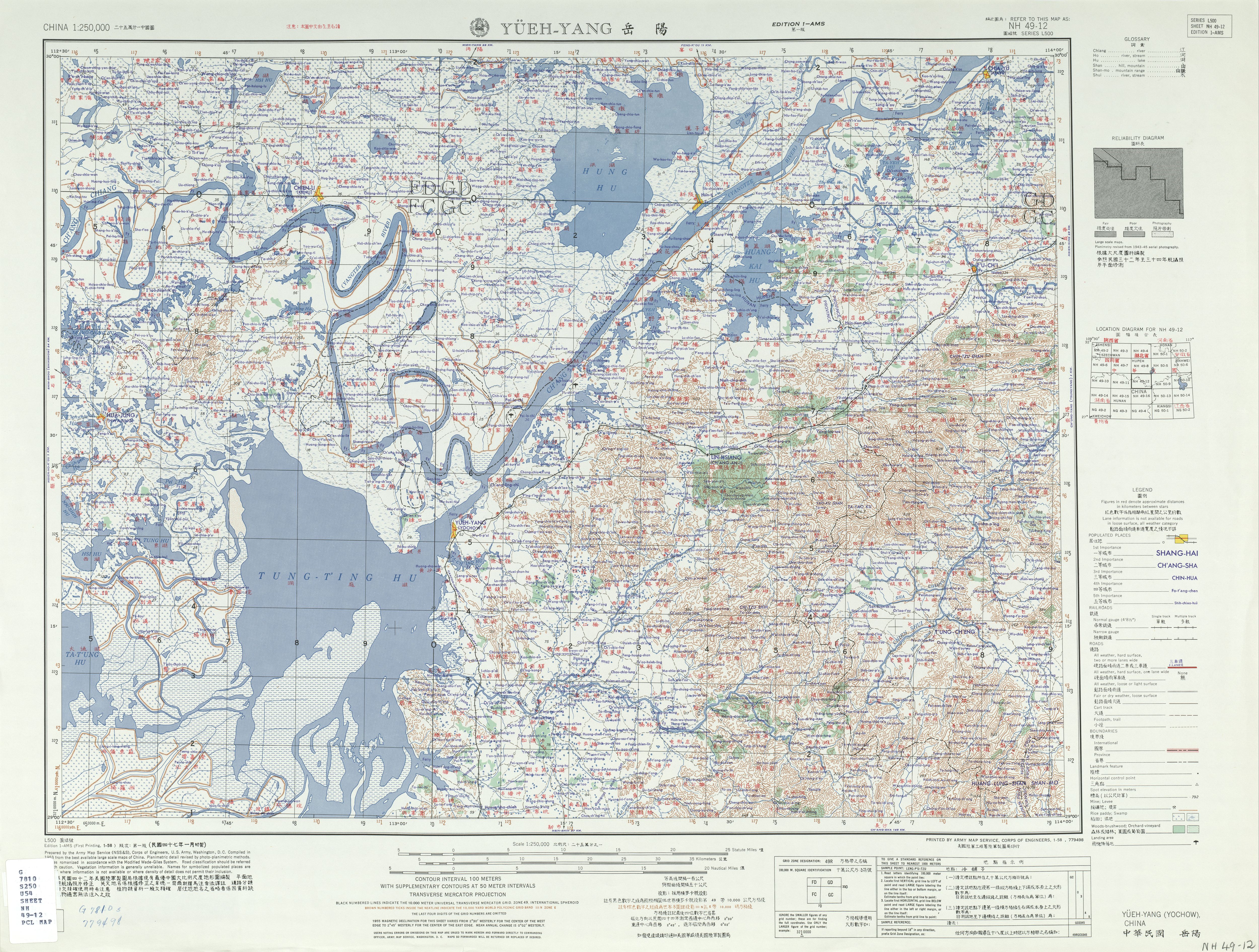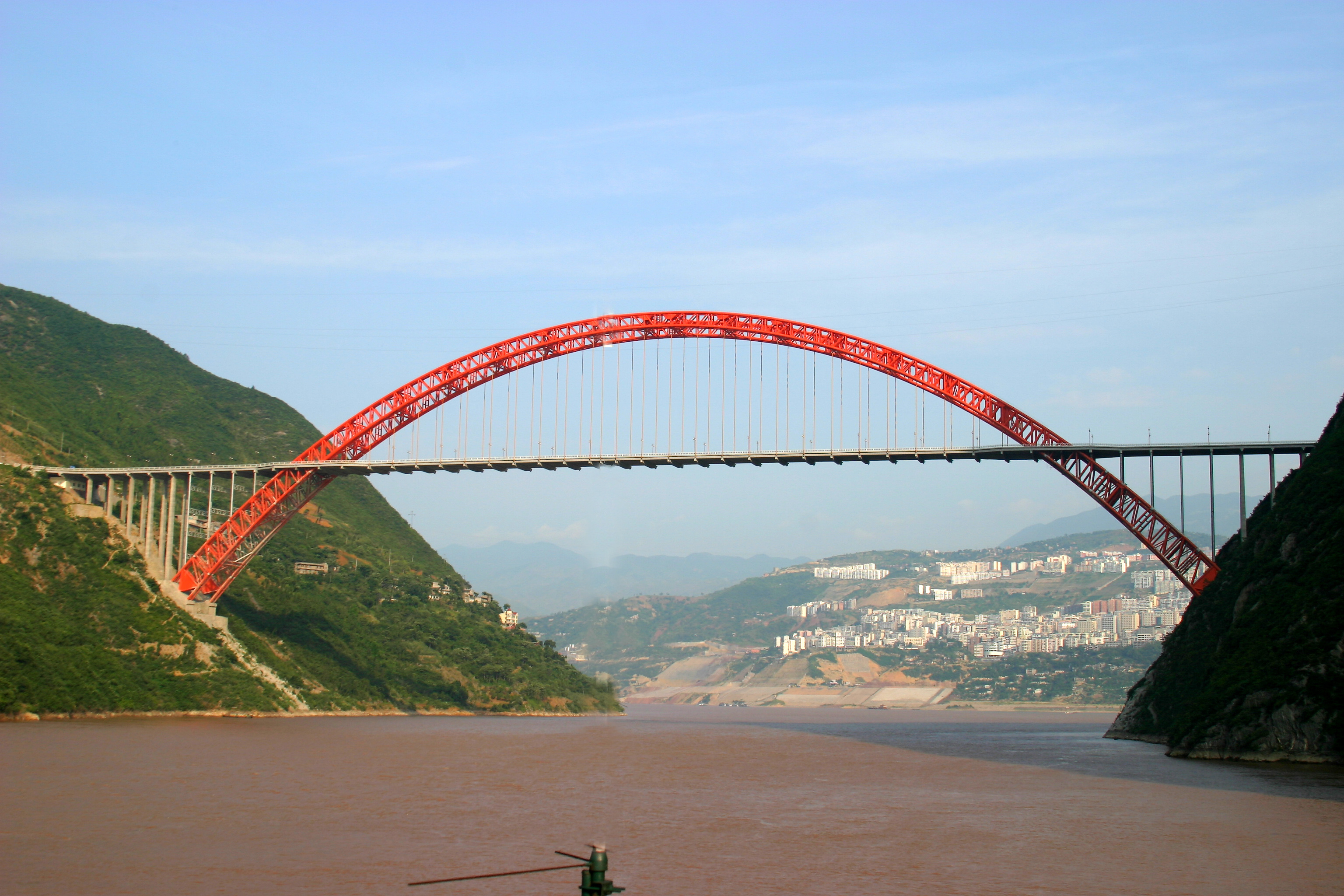|
Jianli
Jianli () is a county-level city of southern Hubei Province, China, located on the northern (left) bank of the Yangtze River and bordering Hunan Province to the south. It is under the administration of Jingzhou City. The character ''jian'' (/) is usually read as ''jiān'', but is read as the less-commonly encountered pronunciation ''jiàn'' when used in the name Jianli. Jianli has one Yangtze River crossing, the Jingyue Yangtze River Bridge, located in Bailuo (). Jianli center city name is Rongcheng (), the native people prefer to call Chengguan. Jianli is rich in fresh water products, most of which are crayfish. History *On June 12 2020, Jianli was approved to become a county-level city, under the direct administration of Hubei province and the delegating administration of Jingzhou City. *During the night of 1 June 2015, the ''Dongfang zhi Xing'' capsized on the Yangtze River in Jianli County during severe weather. *In the Three Kingdoms period, Sun Quan, Emperor of Ea ... [...More Info...] [...Related Items...] OR: [Wikipedia] [Google] [Baidu] |
Jingzhou
Jingzhou () is a prefecture-level city in southern Hubei province, China, located on the banks of the Yangtze River. Its total residential population was 5,231,180 based on the 2020 census, 1,068,291 of whom resided in the built-up (''or metro'') area comprising two urban districts. Jingzhou's central urban area has grown out of Shashi City and Jingzhou Town (historically also known as Jiangling); their names were preserved in the names of Shashi District and Jingzhou District, which include the city's historical center, as well as Jiangling County, which administers the suburban areas of the larger historical area of Jiangling. The name "Shashi" also remains in the names of a number of local facilities, such as Jingzhou Shashi Airport and a railway freight station. Toponymy The contemporary city of Jingzhou is named after Jingzhou (ancient China), ancient province of the same name, which was one of the nine provinces of ancient China. Said province was named after the nearb ... [...More Info...] [...Related Items...] OR: [Wikipedia] [Google] [Baidu] |
Sinking Of Dongfang Zhi Xing
MV ''Dongfang zhi Xing'' (; translated as ''Oriental Star'' or ''Eastern Star'') was a river cruise ship that operated in the Three Gorges region of inland China. On the night of 1 June 2015, the ship was traveling on the Yangtze River when it capsized during a thunderstorm in Jianli, Hubei Province with 454 people on board. On 13 June, 442 deaths were confirmed, with 12 survivors (including two rescued by officials). The passengers were mostly in their 60s and 70s, and mostly from Nanjing, where the ship started its cruise. The final investigation concluded the ship navigated into a squall line (the biggest scale of thunderstorm) from 21:19 onwards, blasted by a downburst (a form of windshear) from 21:26 to 21:32, capsized at 21:31, and sank at 21:32. The ship met gusts of 32–38 m/s (72-85 mph, equivalent to wind force scale of 12-13). The hourly rain was observed at 94.4mm. It is the deadliest peacetime maritime disaster in China's history, and the worst maritime d ... [...More Info...] [...Related Items...] OR: [Wikipedia] [Google] [Baidu] |
Jingyue Yangtze River Bridge
The Jingyue Yangtze River Bridge () is a cable-stayed bridge over the Yangtze River between Jianli County, Hubei Province and Yueyang, Hunan Province in central China. The Bridge opened in June 2010. The bridge crosses the Yangtze River and is one of the largest cable-stayed bridges in the world. The bridge was tolled a few months after opening. See also *Bridges and tunnels across the Yangtze River *List of longest cable-stayed bridge spans *List of tallest bridges in the world This list of tallest bridges includes bridges with a structural height of at least . The of a bridge is the maximum vertical distance from the uppermost part of a bridge, such as the top of a bridge tower, to the lowermost exposed part of the br ... References Bridges in Hunan Bridges in Hubei Bridges over the Yangtze River Cable-stayed bridges in China Bridges completed in 2010 Transport in Hubei Transport in Hunan Toll bridges in China {{PRChina-bridge-struct-stub ... [...More Info...] [...Related Items...] OR: [Wikipedia] [Google] [Baidu] |
County-level City
A county-level municipality (), county-level city or county city, formerly known as prefecture-controlled city (1949–1970: ; 1970–1983: ), is a Administrative divisions of China#County level (3rd), county-level administrative division of the China, People's Republic of China. County-level cities have judiciary, judicial but no legislature, legislative rights over their own local ordinance, local law and are usually governed by Administrative divisions of China#Prefectural level (2nd), prefecture-level divisions, but a few are governed directly by Administrative divisions of China#Provincial level (1st), province-level divisions. A county-level city is a "city" () and "county" () that have been merged into one unified jurisdiction. As such it is simultaneously a city, which is a municipal entity and a county which is an administrative division of a prefecture. Most county-level cities were created in the 1980s and 1990s by replacing denser populated Counties of Chin ... [...More Info...] [...Related Items...] OR: [Wikipedia] [Google] [Baidu] |
County-level City
A county-level municipality (), county-level city or county city, formerly known as prefecture-controlled city (1949–1970: ; 1970–1983: ), is a Administrative divisions of China#County level (3rd), county-level administrative division of the China, People's Republic of China. County-level cities have judiciary, judicial but no legislature, legislative rights over their own local ordinance, local law and are usually governed by Administrative divisions of China#Prefectural level (2nd), prefecture-level divisions, but a few are governed directly by Administrative divisions of China#Provincial level (1st), province-level divisions. A county-level city is a "city" () and "county" () that have been merged into one unified jurisdiction. As such it is simultaneously a city, which is a municipal entity and a county which is an administrative division of a prefecture. Most county-level cities were created in the 1980s and 1990s by replacing denser populated Counties of Chin ... [...More Info...] [...Related Items...] OR: [Wikipedia] [Google] [Baidu] |
Yangtze River Bridges And Tunnels
The bridges and tunnels across the Yangtze River carry rail and road traffic across China's longest and largest river and form a vital part of the country's transportation infrastructure. The river bisects China proper from west to east, and every major north–south bound highway and railway must cross the Yangtze. Large urban centers along the river such as Chongqing, Wuhan, and Nanjing also have urban mass transit rail lines crossing the Yangtze. Pontoon bridges have been used by militaries for two thousand years on the Yangtze, but until the completion of the Wuhan Yangtze River Bridge in 1957, there were no permanent bridges along the main stretch of the river known as ''Chang Jiang'' (the " Long River"), from Yibin to the river mouth in Shanghai, a distance of . Since then, over 75 bridges and six tunnels have been built over this stretch, the overwhelming majority since 1990. They reflect a broad array of bridge designs and, in many cases, represent significant achieve ... [...More Info...] [...Related Items...] OR: [Wikipedia] [Google] [Baidu] |
National Bureau Of Statistics Of The People's Republic Of China
The National Bureau of Statistics (), abbreviated as NBS, is an deputy-cabinet level agency directly under the State Council of the People's Republic of China. It is responsible for collection, investigation, research and publication of statistics concerning the nation's economy, population and other aspects of the society. Ning Jizhe is the commissioner of the bureau since 2016. Responsibilities The bureau's authority and responsibilities are defined in ''China's Statistics Law''. It is responsible for the research of the nation's overall statistics and oversee the operations of its local counterparts. Organizations The bureau is led by a commissioner, with several deputy commissioners (currently four), a chief methodologist, a chief economist, and a chief information officer. It is composed of 18 departments, oversees 12 affiliated institutions and manages 32 survey organizations stationed in respective provinces. It also operates China Statistics Press. The national bu ... [...More Info...] [...Related Items...] OR: [Wikipedia] [Google] [Baidu] |
Postal Code Of China
Postal codes in the People's Republic of China () are postal codes used by China Post for the delivery of letters and goods within mainland China. China Post uses a six-digit all-numerical system with four tiers: the first tier, composed of the first two digits, show the province, province-equivalent municipality, or autonomous region; the second tier, composed of the third digit, shows the postal zone within the province, municipality or autonomous region; the fourth digit serves as the third tier, which shows the postal office within prefectures or prefecture-level cities; the last two digits are the fourth tier, which indicates the specific mailing area for delivery. The range 000000–009999 was originally marked for Taiwan (The Republic of China) but is not used because it not under the control of the People's Republic of China. Mail to ROC is treated as international mail, and uses postal codes set forth by Chunghwa Post. Codes starting from 999 are the internal codes use ... [...More Info...] [...Related Items...] OR: [Wikipedia] [Google] [Baidu] |
Eastern Wu
Wu ( Chinese: 吳; pinyin: ''Wú''; Middle Chinese *''ŋuo'' < : ''*ŋuɑ''), known in historiography as Eastern Wu or Sun Wu, was one of the three major states that competed for supremacy over in the period (220–280). It previously existed from 220–222 as a kingdom nominally under , its rival state, but declared independence from Wei and became ... [...More Info...] [...Related Items...] OR: [Wikipedia] [Google] [Baidu] |


_001.jpg)


